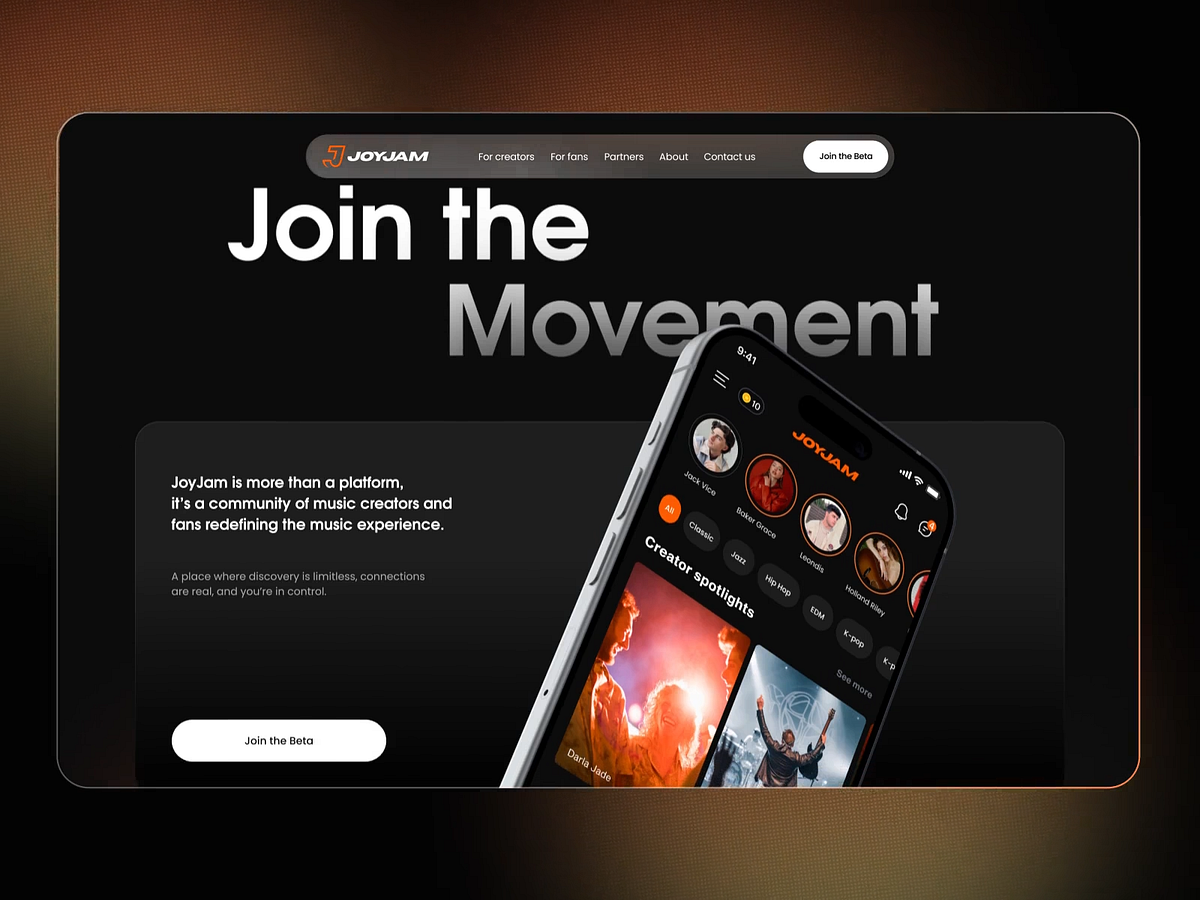
"Expectation: Came, saw, conquered. Reality: Logged in, got confused, left. That's pretty much what happens when you run into a poorly designed interface. The only "intuition" you feel is the urge to run away. So what does confusion really look like? It's not one single obstacle. It's a whole pile of rocks scattered across the user's path. And people don't always leave right away. Sometimes they give up after a few failed attempts."
"There are a few key factors that make an interface clear. They shape how people see your product, whether they want to come back, and if they'll repeat the experience. Right now, there's no magic template - not even AI - that can instantly make your design obvious and attractive. A truly intuitive interface comes only from systematic work: taking into account the business goals, the product itself, and the way your audience thinks."
Clarity in interfaces emerges from systematic alignment of business goals, product constraints, and user mental models. Predictability helps users form expectations, but predictability alone does not create clarity. High-quality visual design establishes trust and reduces cognitive load; poor visuals make tasks feel harder even when structure is sound. Remove small obstacles that disrupt the user's path and reduce drop-off caused by confusion or repeated failed attempts. Avoid relying on templates or magic solutions; use deliberate design work, user-centered thinking, and visual polish to make navigation and interaction easier and more inviting.
Read at Medium
Unable to calculate read time
Collection
[
|
...
]